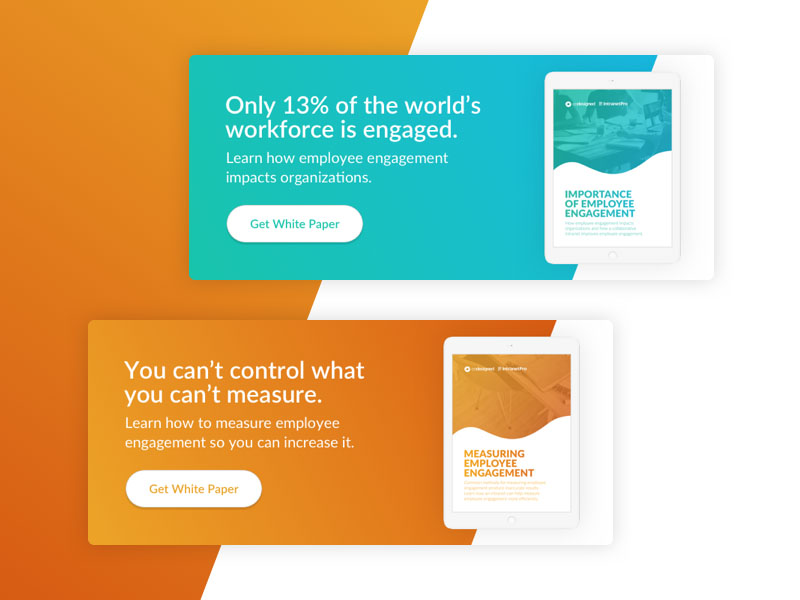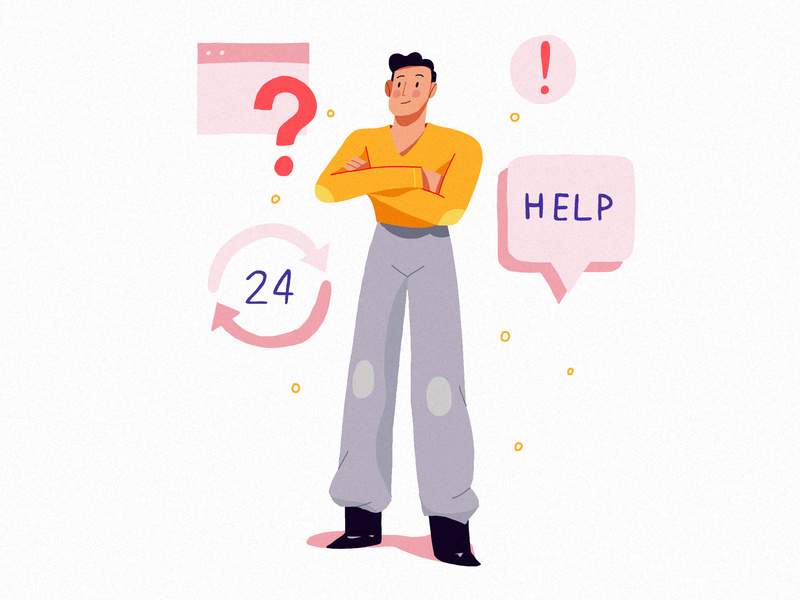For years, online businesses have tinkered with a smorgasbord of solutions in search of the Holy Grail – the ultimate user experience. It has been said that first impressions last since you don't get a second chance to make a good first impression.
As such, a business’s website, and its mobile application can make or break operations. The user experience (UX) is an all-encompassing concept, more like a journey and not a destination.
From a design perspective at least, the user experience begins even before customers (and other stakeholders) interact with your company's products and services.
The multimedia-rich functionality of your website, the audio and visual elements play a big part in the process. Throughout the journey, a customer is constantly interacting with the website, using different functions and features, clicking on links and menus, expanding on this or that.
To succeed in this challenging undertaking, entrepreneurs are best served by following the sage advice of Webmasters and UX gurus.
Responsive Web Design
RWD is geared towards creating an optimal experience vis-a-vis navigation, reading, and functionality. To achieve the proverbial medal of honor RWD, websites strive for minimal scrolling, panning, and resizing particularly when viewing a site on different hardware devices.

Image Credit- Link
Social Media Responsiveness
There is no getting away from our soundbite culture where microblogging platforms like Twitter are all the rage.
Web designers want their customers, players, and stakeholders to interact with them on as many social channels as possible. This serves the dual purpose of enhanced brand awareness and greater publicity.
Video Credit- Link
Calls to Action
CTAs are some of the most important elements of optimized user experience. When done right, CTAs follow a natural and logical progression. If the product or service is of such a high caliber, then the only natural consequence is to click on the links.
There are many sterling examples of powerful CTAs. Consider the case of a suave and sophisticated online gaming operator where players can enjoy an authentic experience in real-time. When the user experience is so seamless, the result is nothing less than perfection.
In this particular case, UK players can play it online at casino.com and rejoice as if they are participating at a private gaming table, with nattily-clad dealers and all the sights, sounds and thrills of a real casino.

Image Credit- Link
Useful, Usable, and Desirable Content
The user-experience is certainly bolstered by the provision of authentic content online.
Provided that content is useful to customers, it will resonate and guarantee a better UX. Branding, style, identity, and various other visual elements should have a powerful effect on the user. This engages users, establishes credibility, and facilitates a lasting connection.

Image Credit- Link
Talk to Customers on Their Terms
Most every successful business today is focused on the customer. Generic campaigns are dead in the water. Everybody wants to be appreciated.
Everybody wants to feel like they matter. To this end, geographic, cultural, and language customization are important elements to consider.
When designing a website that caters to users globally, it is important to make them feel welcome in their native language. This enhances brand loyalty and certainly builds trust.
It comes as no surprise that an overwhelming number of customers are inherently distrustful of poorly designed websites.
Would you buy pharmaceutical products from a company that misspells the names of your medication? In much the same way, customers are likely to ‘bounce’ away from websites that make it difficult for them to find what they're looking for.
We don't have the patience for poorly designed websites. The most important factors in website design include easy search functionality, engaging elements, aesthetic appearance, and seamless interactions.
By simplifying site design, deliberately choosing the right hues and shades, adding interactive elements, and decluttering unnecessary content, the UX will improve.

Image Credit- Link




